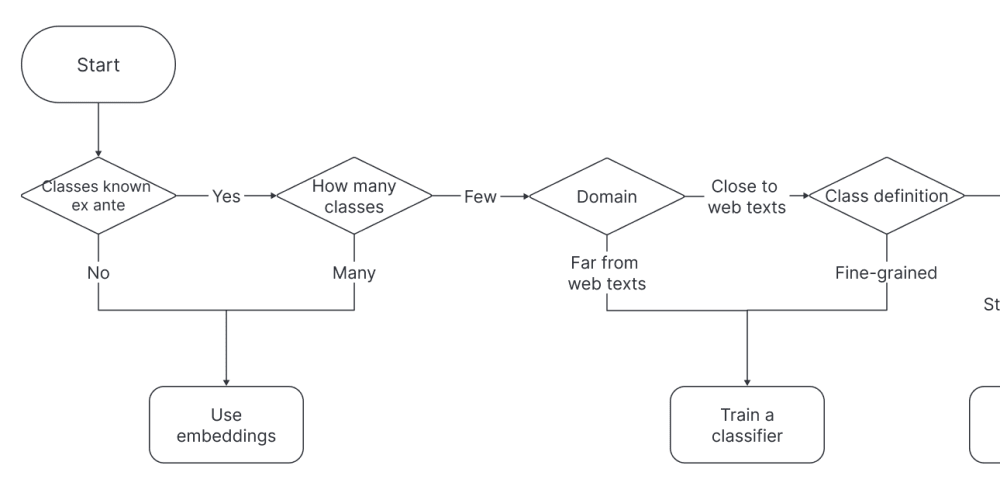User Experience is primarily concerned about guiding the user to a desired outcome in the most optimal way, optimizing for time and margin of error. That’s why the term journey is heavily used within the context of UX design.
Developer Experience on the other hand, is not about guiding the user, but designing the right abstractions and choosing what part of the system complexity to expose to the developer.
I tend to think of UX as building guardrails and DX as crafting a toolkit. While UX aims to create a smooth, intuitive path for users, DX focuses on providing developers with powerful, flexible tools that allow them to build efficiently and effectively.
In UX, we’re often trying to anticipate user needs and minimize cognitive load. We create interfaces that are self-explanatory and workflows that feel natural. The goal is to make the product as easy to use as possible, even for first-time users.
DX, however, is about empowering developers. It’s about creating APIs, frameworks, and development environments that are not necessarily simple on the surface, but are logically structured and well-documented. Good DX allows developers to harness complex functionality without getting bogged down in unnecessary details.
Both UX and DX share a common goal of efficiency, but they approach it from different angles. UX seeks to reduce friction for end-users, while DX aims to maximize productivity for developers. In the best scenarios, great DX leads to better UX, as developers are able to create more robust, performant, and feature-rich applications.
In DX, the tools we craft must feel native to the way each type of engineer understands the world. It’s crucial to recognize that different engineering disciplines often operate with distinct mental models and vocabularies, even when working with seemingly similar concepts. For instance, a data engineer and an application engineer may not share the same semantic understanding, despite potentially using identical syntax.
Consider the term “partition” as an example. A data engineer might conceptualize partitions in terms of distributing large datasets across multiple storage units for efficient processing and querying. In contrast, an application engineer working with Kafka might think of partitions as a way to organize and parallelize message streams.
While the word is the same, the underlying concepts and implications differ significantly based on the engineer’s domain of expertise.
Therefore, when designing tools and abstractions for DX, we must tailor them to align with the specific mental models and workflow patterns of each engineering discipline. This approach ensures that our tools not only provide functionality but also resonate with the intuitive understanding and problem-solving approaches of the engineers using them.
failing in doing a good job with this alignment, leads to the inefficiency that plagues much of today’s compute infrastructure, the frustration that practitioners and a steep learning curve that ends up being the reason we are not seeing the growth in new practitioners entering the market that we could otherwise expect.
The tools considered today as the foundation of the upcoming AI and data revolution were built in a different era, designed for a vastly different user base that cannot address the diverse range of practitioners and use cases we have today.
If we want to realize the potential of AI and data, we must fundamentally rethink the tools we have today, to align with the needs and skills of current and future users in mind.
Failing to do this, will risk the success of these emerging technologies.


















